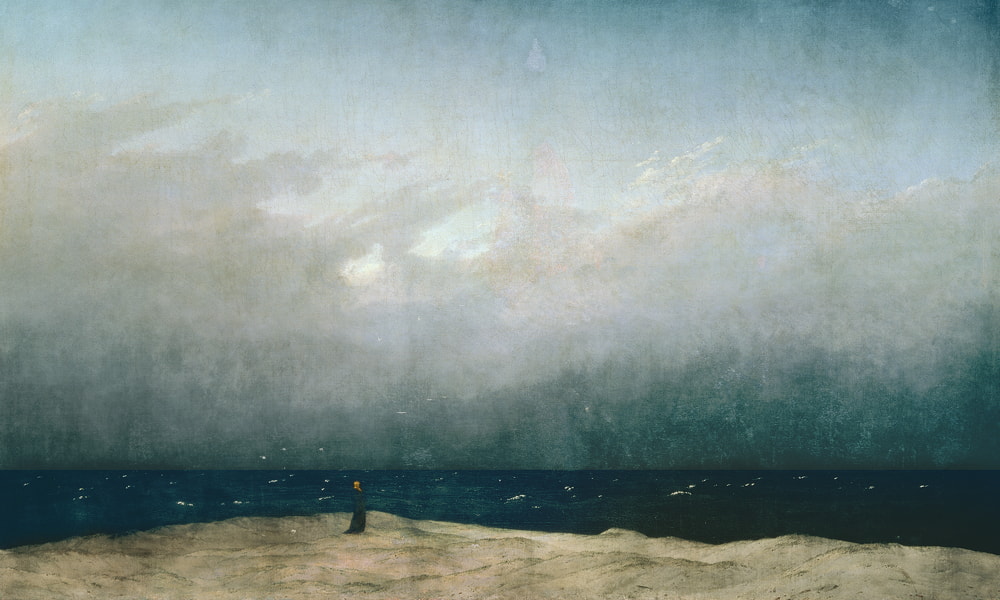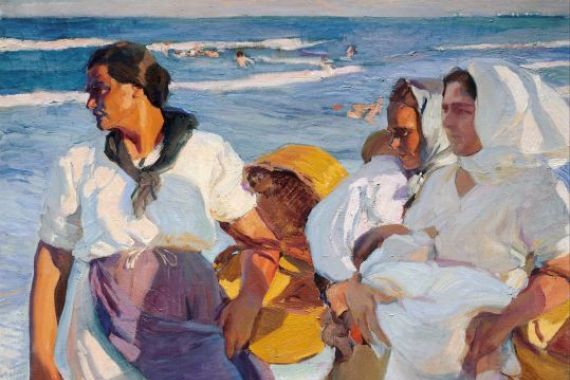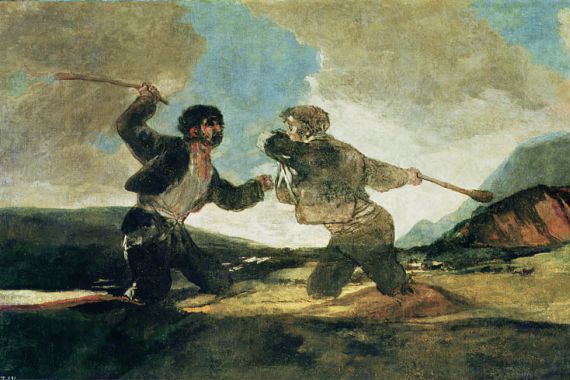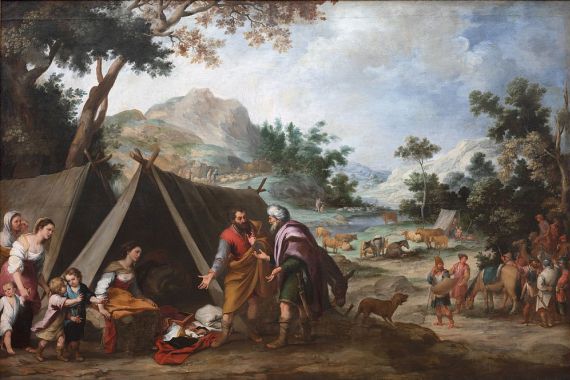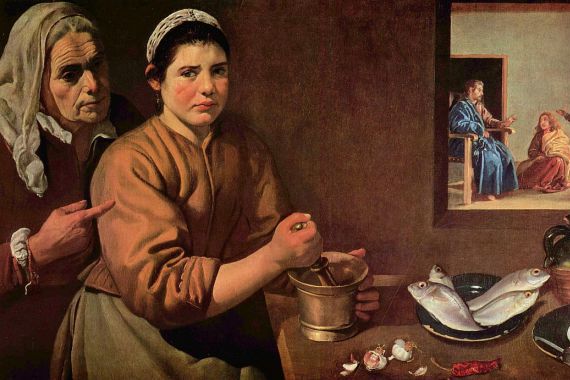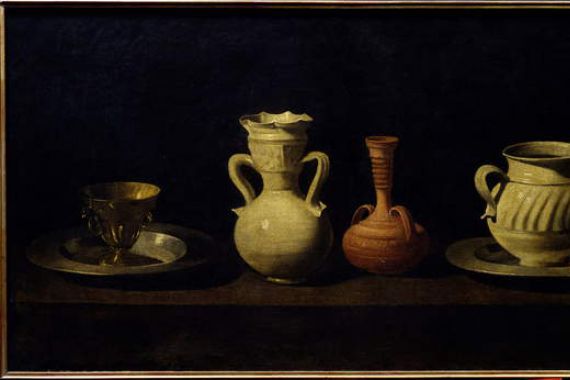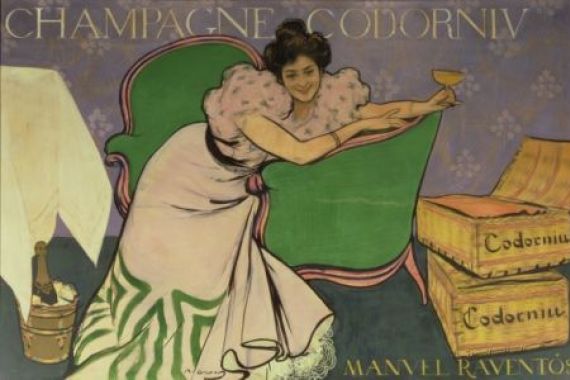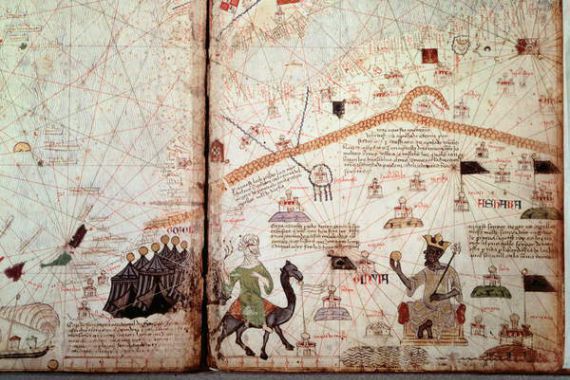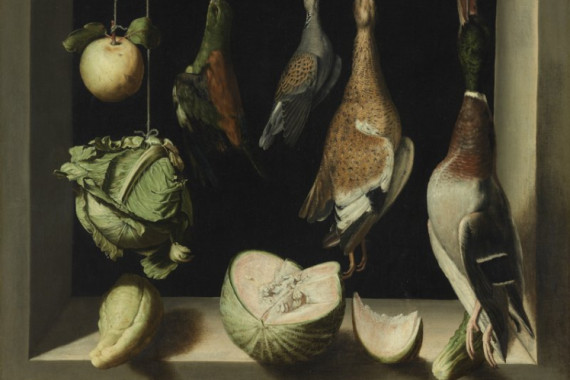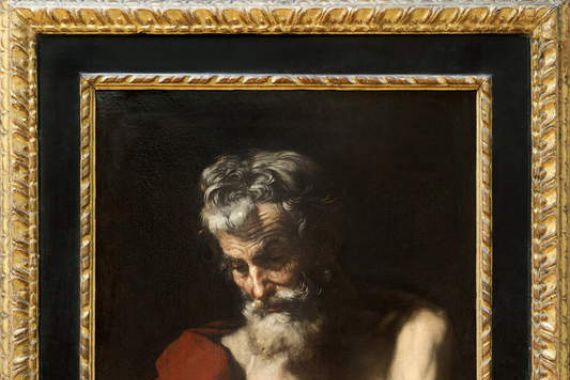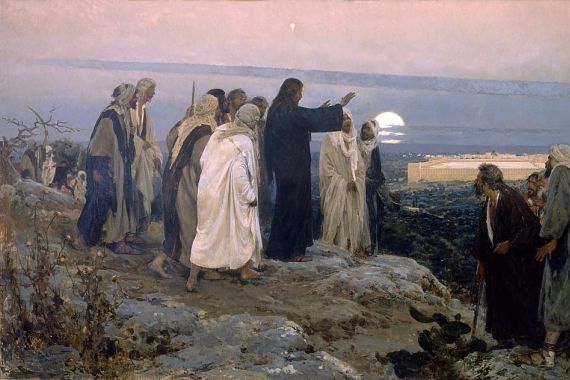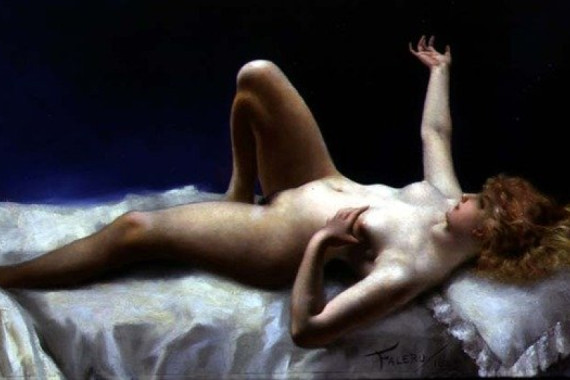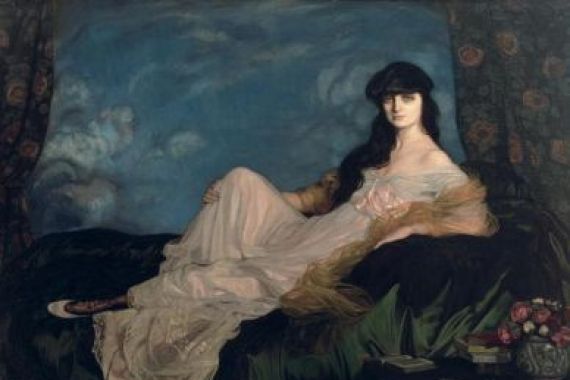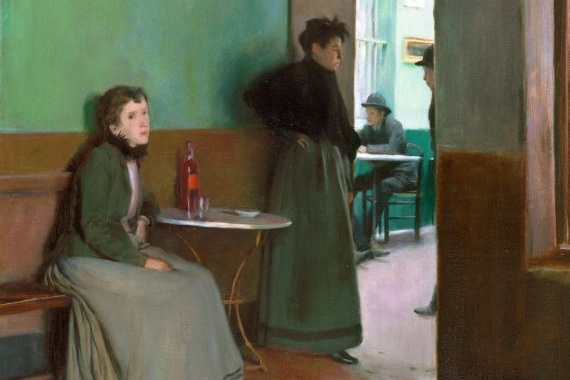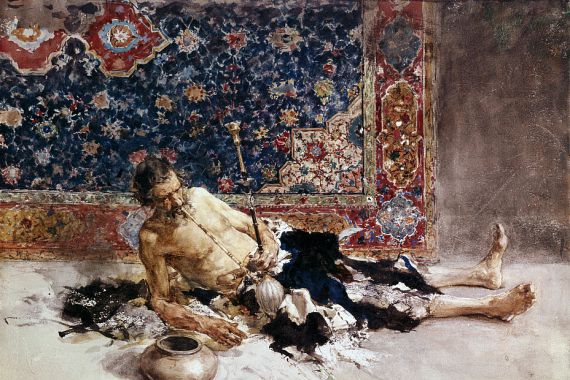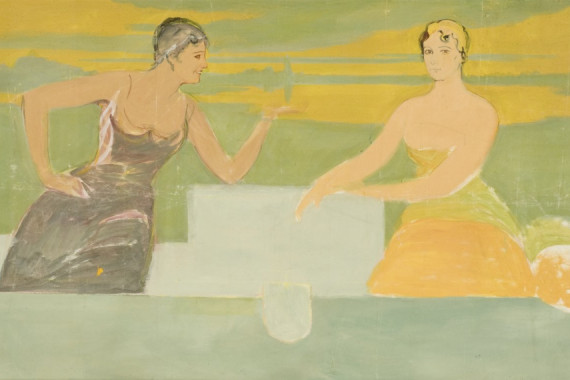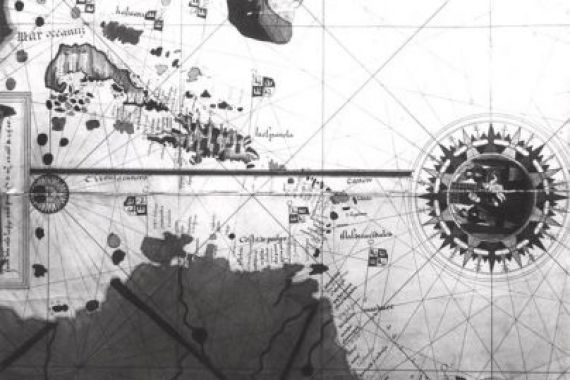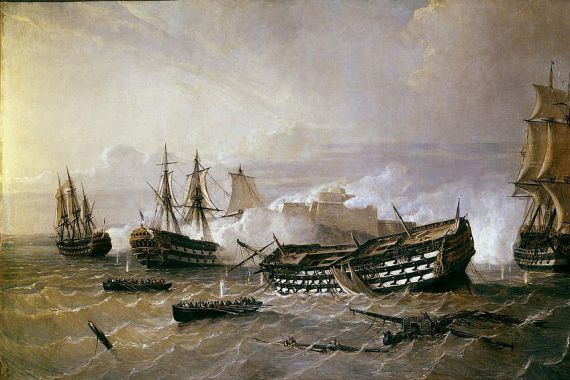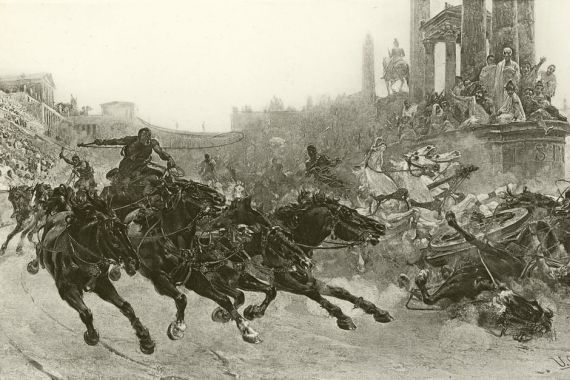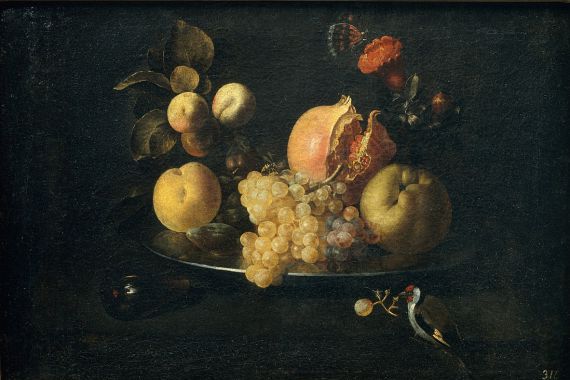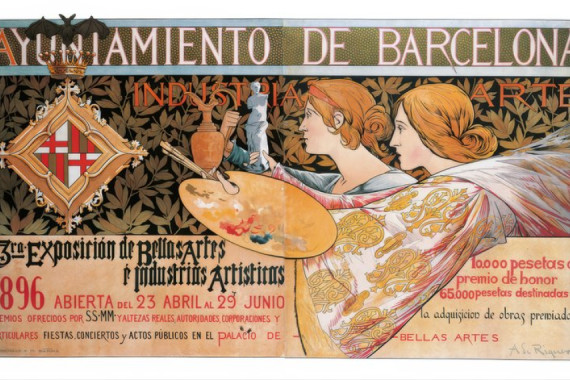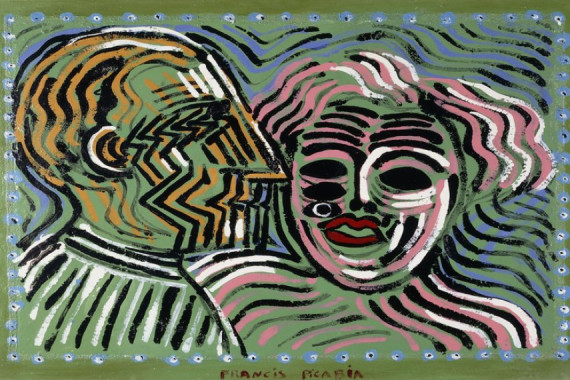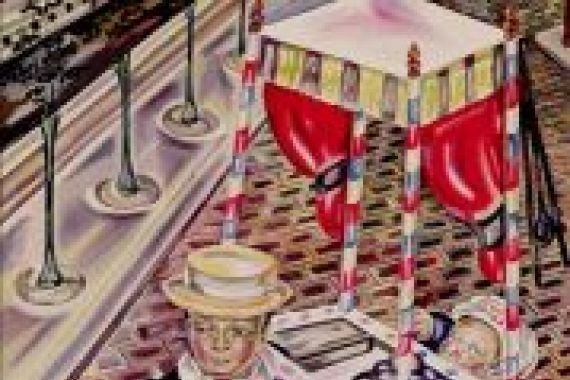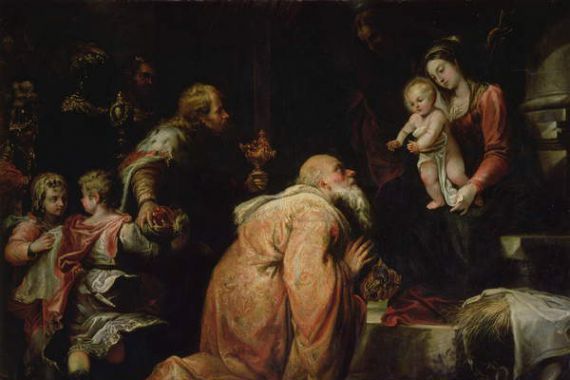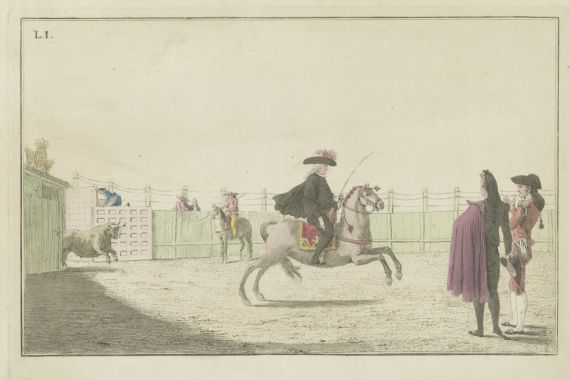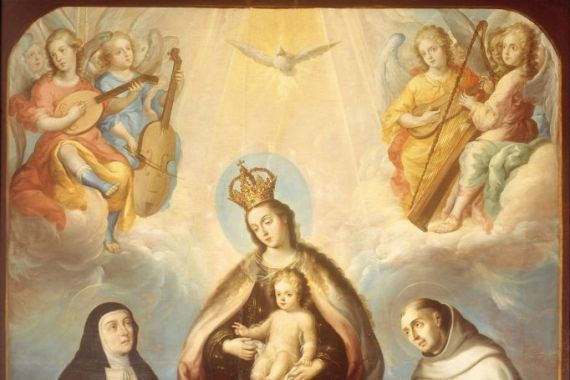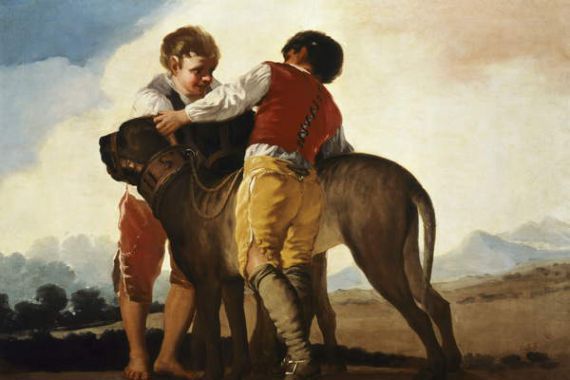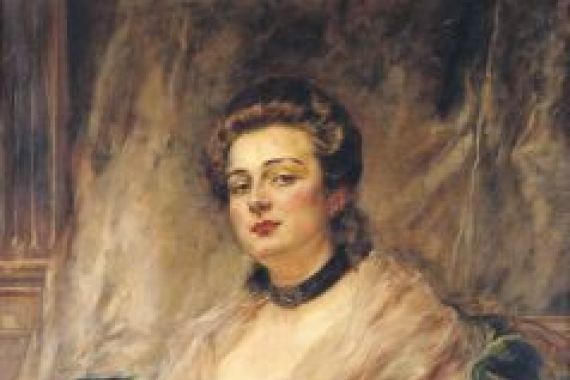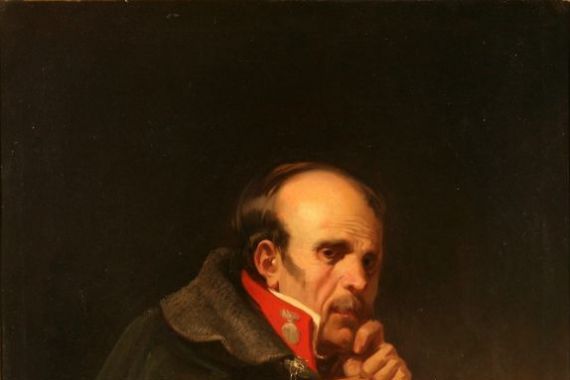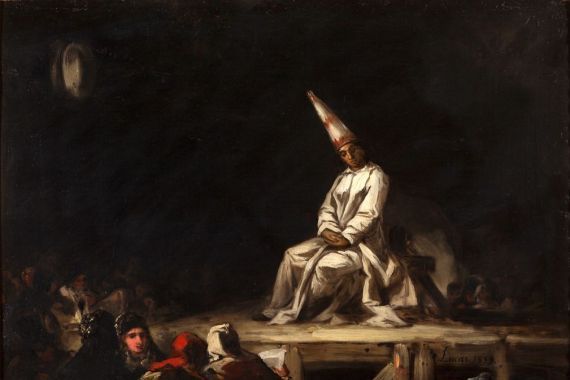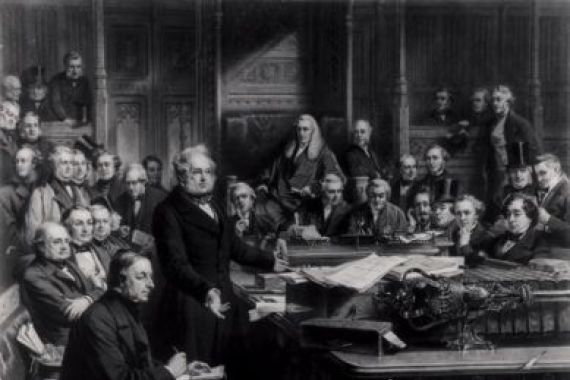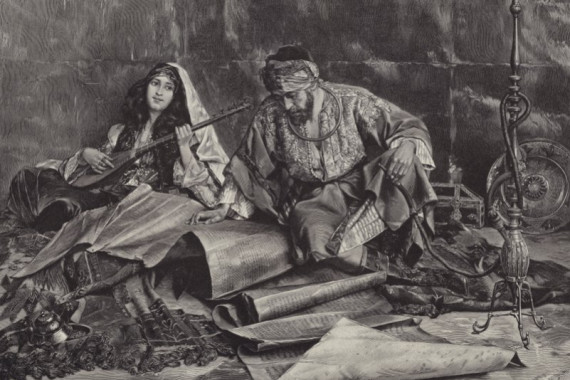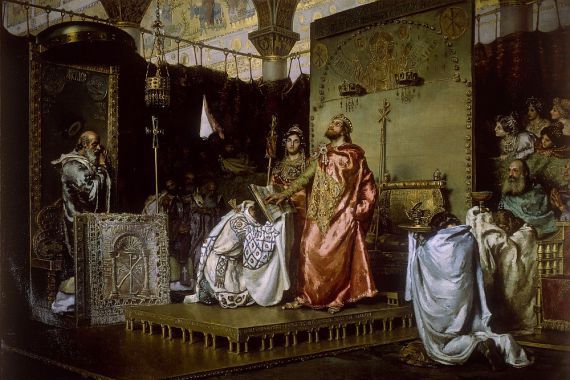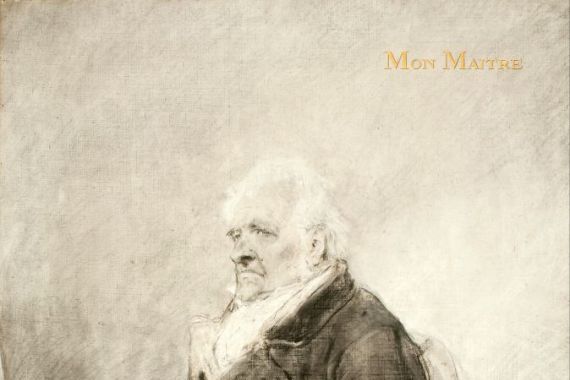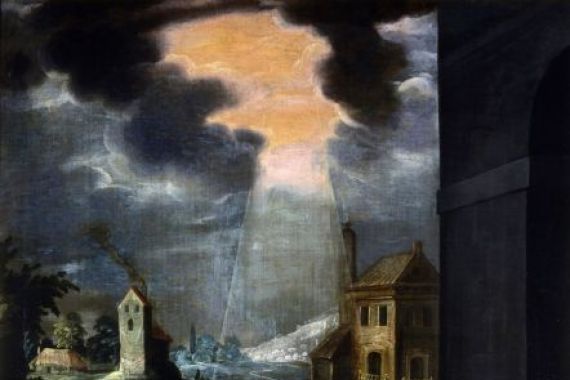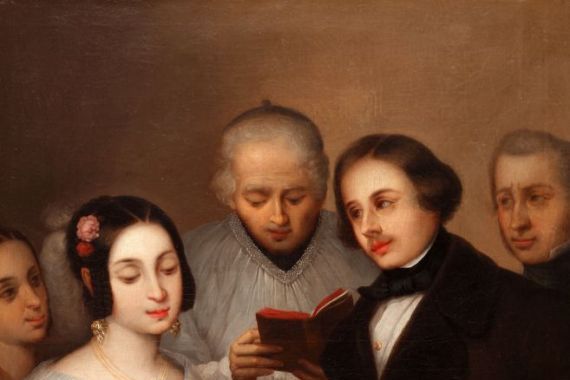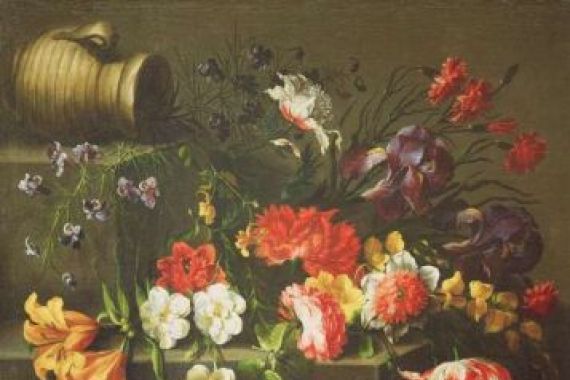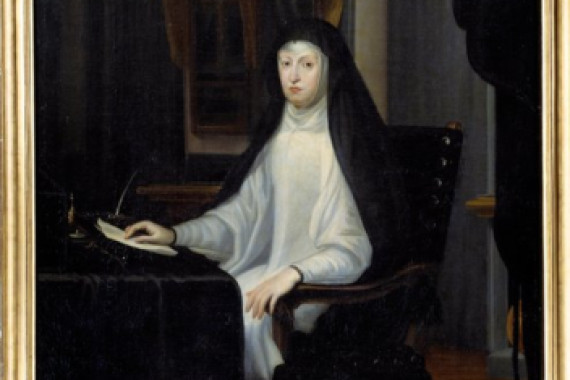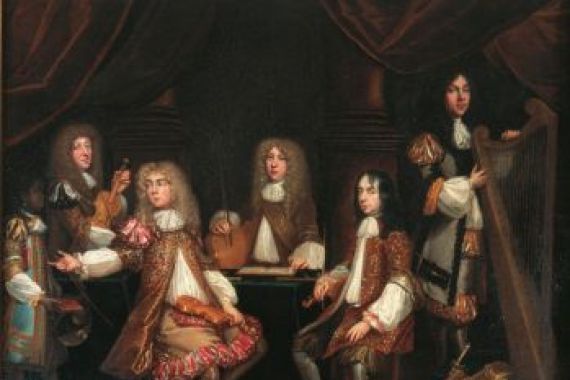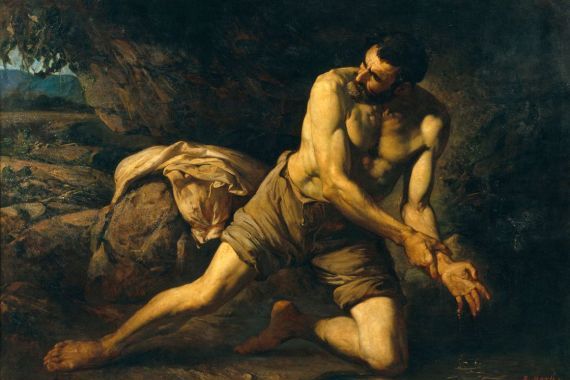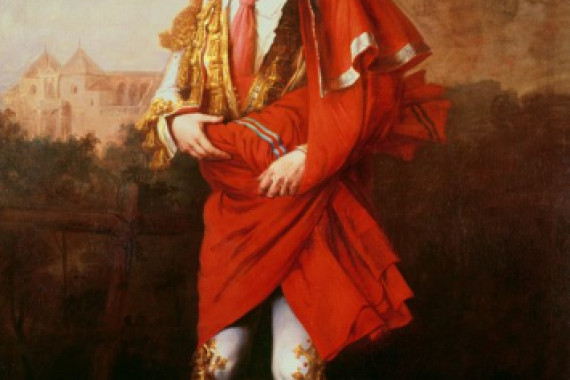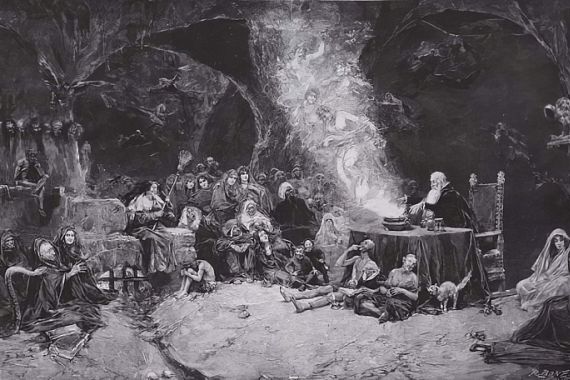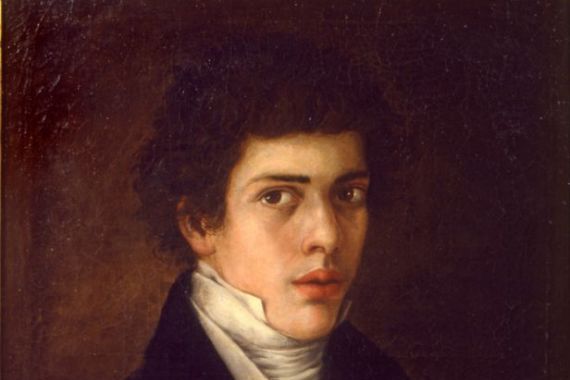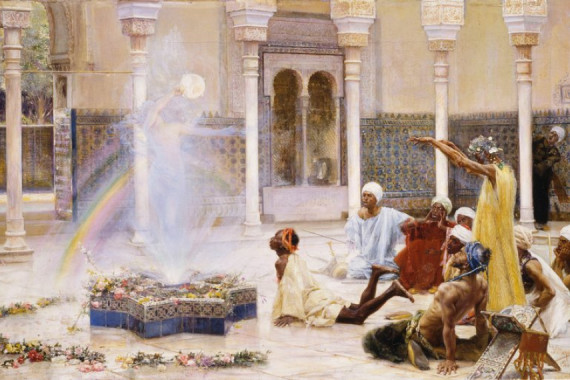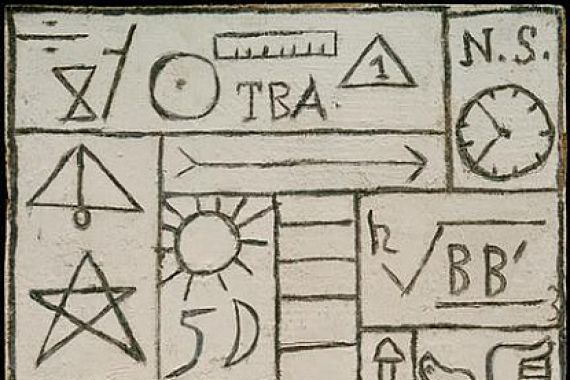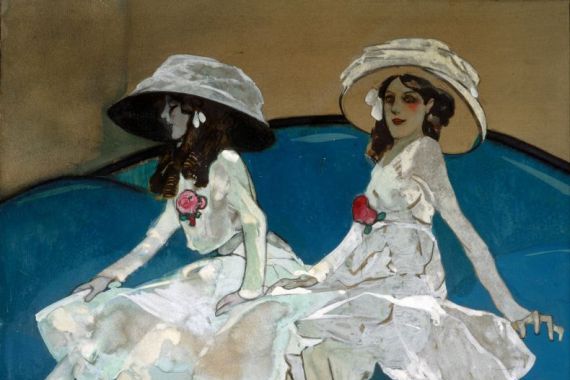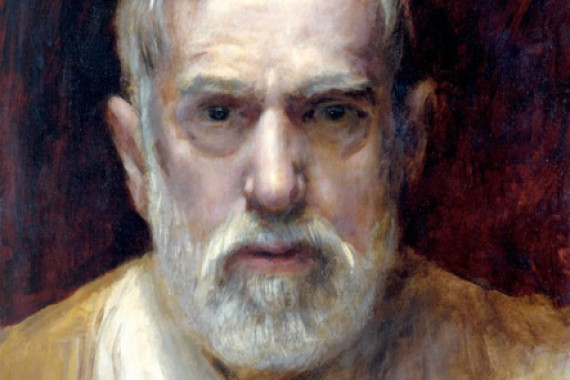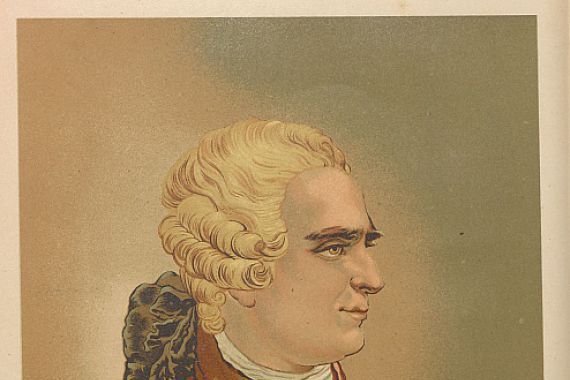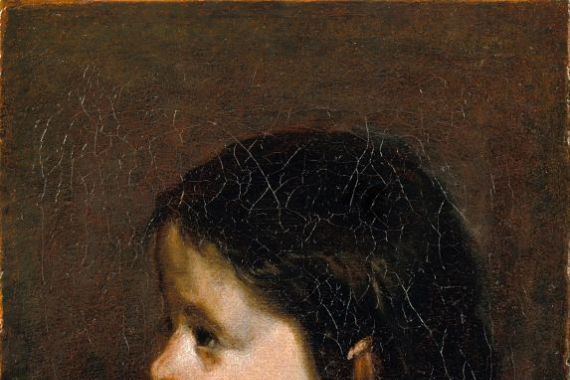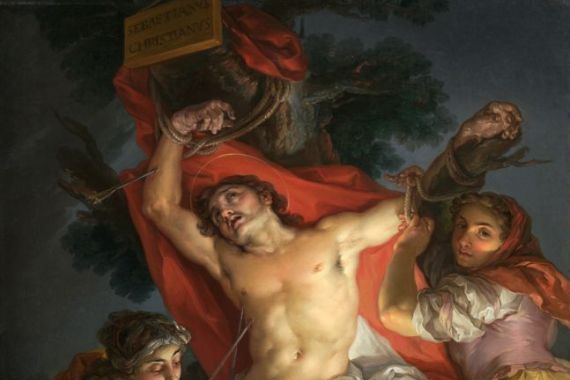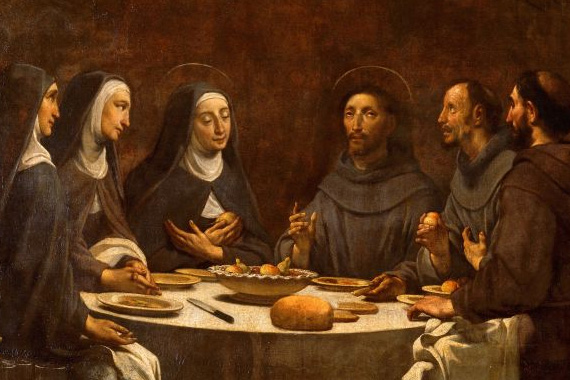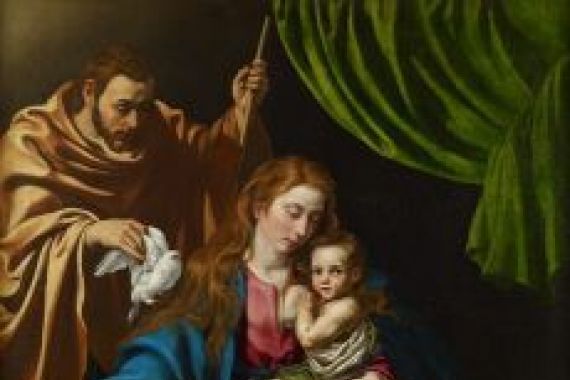When you think of Spanish painting, you can literally feel the heat of the sun reflected on the canvases in vibrant shades of ochre and red. Spain's art is a celebration of colour, a play of light and shadow that clearly contrasts with the cool elegance of the French Impressionists. While the soft pastel of dawn dominates in France, in Spain the light blazes like a sea of flames - dramatic, intense, sometimes almost painfully honest. The motifs are often of a directness that not only invites but challenges the viewer: Bullfights, saints in ecstasy, the simple life of farmers, the bustling life on the streets of Seville or Madrid.
A painting like Francisco de Goya's "The Shooting of the Insurgents" is more than just a picture - it is an outcry, a contemporary document that captures the horrors of war with an emotional force that is unrivalled. Goya, who began as a court painter, became a chronicler of the dark side of Spain, and his etchings and drawings remain a beacon against violence and oppression to this day. But Spain's art history is not all gloom: in the works of Joaquín Sorolla, the light dances on the water, children play on the beach and the sea shimmers in a thousand shades of blue. Sorolla knew how to capture the Mediterranean sun like no other - his watercolours and oil paintings are a feast for the senses, full of joie de vivre and lightness.
What distinguishes Spain from other countries is its ability to unite opposites: passion and melancholy, mysticism and everyday life, tradition and avant-garde. Pablo Picasso, probably the country's most famous son, not only created a memorial against war with his "Guernica", but also pushed the boundaries of painting. His sketches, drawings and prints show a tireless love of experimentation that continues to inspire today. What is perhaps less well known is that Picasso filled hundreds of sketchbooks in his youth - an inexhaustible source of ideas that prepared his later masterpieces. And then there is photography: artists such as Cristina García Rodero have documented rural Spain with their black and white photographs, capturing rituals and festivals that might otherwise have been long forgotten.
Spanish art is a kaleidoscope of emotions, colours and stories. It invites you to take a closer look, to engage with the interplay of light and dark, joy and pain. Those who embark on this journey will not only discover big names, but also a wealth of surprising details: for example, the delicate gouaches by María Blanchard, who creates entire worlds with just a few strokes, or the experimental prints by Antoni Tàpies, in which matter and idea combine in a fascinating way. Spain's paintings and prints are a mirror of the country's soul - wild, contradictory, full of life. If you put them on your wall as art prints, you not only bring a piece of history into your home, but also a piece of Spanish sunshine that will light up any room.
When you think of Spanish painting, you can literally feel the heat of the sun reflected on the canvases in vibrant shades of ochre and red. Spain's art is a celebration of colour, a play of light and shadow that clearly contrasts with the cool elegance of the French Impressionists. While the soft pastel of dawn dominates in France, in Spain the light blazes like a sea of flames - dramatic, intense, sometimes almost painfully honest. The motifs are often of a directness that not only invites but challenges the viewer: Bullfights, saints in ecstasy, the simple life of farmers, the bustling life on the streets of Seville or Madrid.
A painting like Francisco de Goya's "The Shooting of the Insurgents" is more than just a picture - it is an outcry, a contemporary document that captures the horrors of war with an emotional force that is unrivalled. Goya, who began as a court painter, became a chronicler of the dark side of Spain, and his etchings and drawings remain a beacon against violence and oppression to this day. But Spain's art history is not all gloom: in the works of Joaquín Sorolla, the light dances on the water, children play on the beach and the sea shimmers in a thousand shades of blue. Sorolla knew how to capture the Mediterranean sun like no other - his watercolours and oil paintings are a feast for the senses, full of joie de vivre and lightness.
What distinguishes Spain from other countries is its ability to unite opposites: passion and melancholy, mysticism and everyday life, tradition and avant-garde. Pablo Picasso, probably the country's most famous son, not only created a memorial against war with his "Guernica", but also pushed the boundaries of painting. His sketches, drawings and prints show a tireless love of experimentation that continues to inspire today. What is perhaps less well known is that Picasso filled hundreds of sketchbooks in his youth - an inexhaustible source of ideas that prepared his later masterpieces. And then there is photography: artists such as Cristina García Rodero have documented rural Spain with their black and white photographs, capturing rituals and festivals that might otherwise have been long forgotten.
Spanish art is a kaleidoscope of emotions, colours and stories. It invites you to take a closer look, to engage with the interplay of light and dark, joy and pain. Those who embark on this journey will not only discover big names, but also a wealth of surprising details: for example, the delicate gouaches by María Blanchard, who creates entire worlds with just a few strokes, or the experimental prints by Antoni Tàpies, in which matter and idea combine in a fascinating way. Spain's paintings and prints are a mirror of the country's soul - wild, contradictory, full of life. If you put them on your wall as art prints, you not only bring a piece of history into your home, but also a piece of Spanish sunshine that will light up any room.
×




